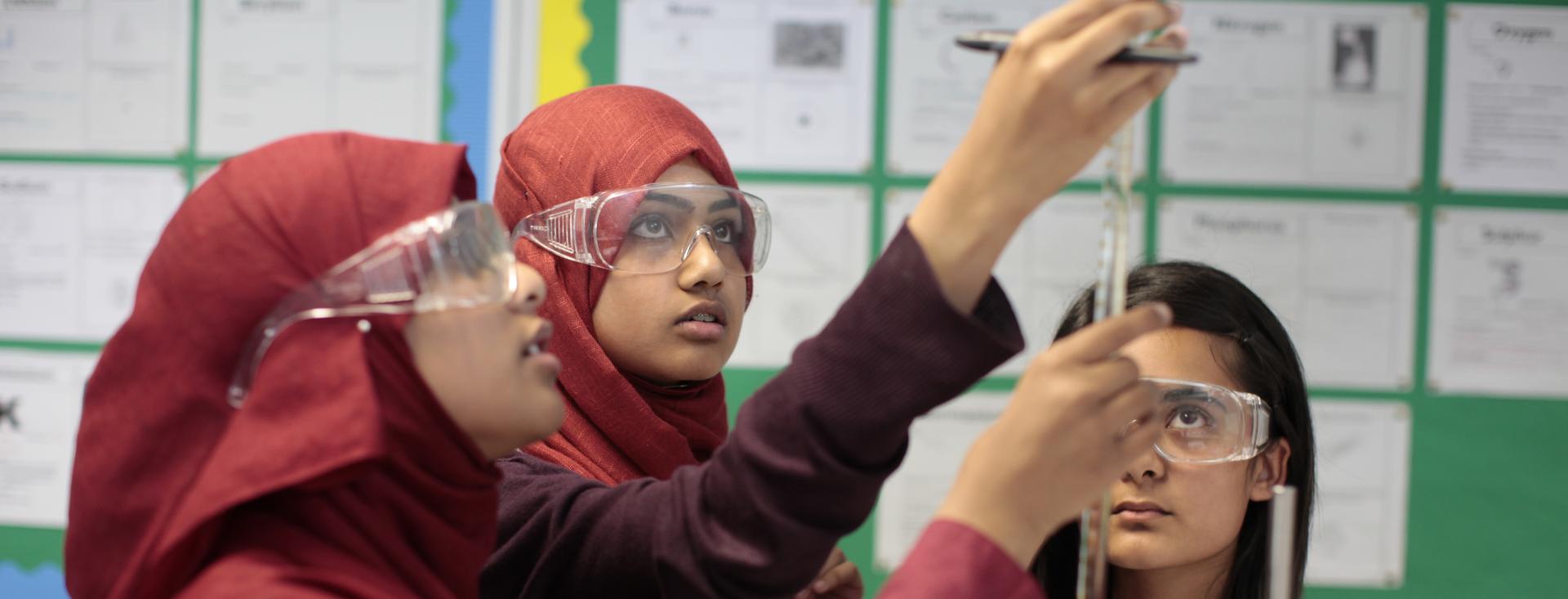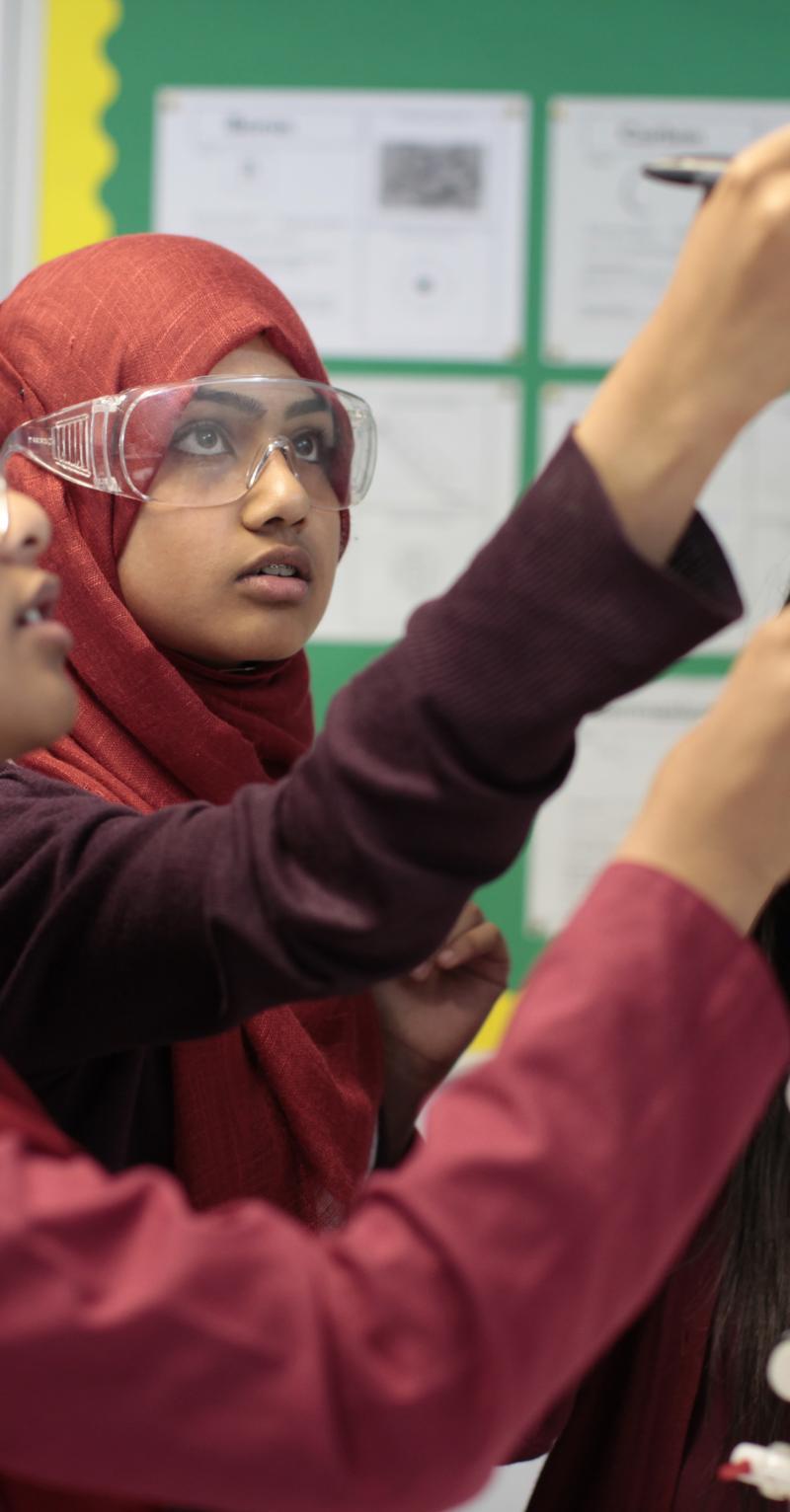Resources
Everyone has a role to play in supporting girls to become empowered, access education for better life outcomes, and thrive. Teach For All is committed to supporting the global network to identify and address the barriers that keep girls from learning and fulfilling their potential through our Girls’ Education initiative. Learn more about gender equity, the issues facing girls around the world, and more in this curated library of resources:
Girls' Education
Breaking the Silence Around School-Related Gender-Based Violence (SRGBV)
An article that shares the experiences and advice of youth activists who came together to break the silence around school-related gender-based violence as part of the youth-led #NotMySchool campaign.
Girls' Education
We Can’t Measure Women’s Empowerment the Same Way Everywhere—But Should We Try?
An article describing the challenges of measuring the empowerment of women to evaluate the impact of programs, such as the limitations of standardized questions, and recommended solutions.
Girls' Education
Is Artificial Intelligence Excluding Indian Women Smartphone Users?
An article that explains how usage-based algorithms are more beneficial for male smartphone users in India and emphasizes the need for gender-inclusive design in artificial intelligence (AI) solutions to avoid perpetuating existing inequalities.
Girls' Education
INEE Guidance Note on Gender
A guidance note by the Inter-agency Network for Education in Emergencies (INEE) that provides strategies on delivering education in a gender-responsive manner as part of an emergency preparedness, response, or recovery situation.

